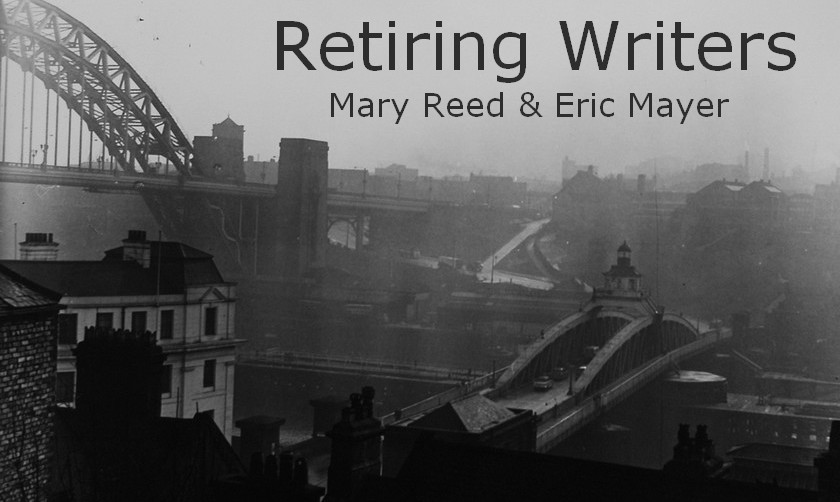Twins Helen and Barbara McIntyre arrive at court to give evidence against one John Smith, caught burgling the McIntyre mansion. In a peculiar move, lawyer Philip Rochester, who happens to be present, is passed a note by the sisters, asking him to defend Smith, which task he undertakes.
Smith is taken ill as he leaves the witness box and dies in an anteroom, whereupon he is discovered to be disguised. He is James Turnbull, cashier of the Metropolis Trust Company and Rochester's room mate. Incredibly, Rochester and the sisters -- and Helen is Turnbull's fiancee -- all claim not to have recognised him. Turnbull's angina pectoris is thought to have caused his death, but Helen insists on an autopsy.
The twins' father Colonel McIntyre is romantically involved with widowed Mrs Margaret Brewster. She's a guest of the McIntyres and reveals to her cousin Dr Stone, the family physician, Turnbull was burgling the house because of a silly wager made with Barbara that he could not pull it off.
We meet Harry Kent, Rochester's partner in a legal practice. Barbara asks Kent to find out who murdered Turnbull, for she and her sister are convinced his death was the result of foul play. Soon the deceased Turnbull is suspected of forgery, Rochester goes missing, an eavesdropper lurks at a window, and a handkerchief is suspected to be the murder weapon. To further the busy plot, various characters play pass the red-sealed envelope, whose contents turn out to be the last thing most readers will expect.
My verdict: While the initial pace is slow, it picks up after a few chapters. The solution is complicated, not to say outrageous, so don't try reading The Red Seal if there is anything to distract you from noting every nuance. Cleverly worked red herrings mislead, and the explanation of the characters' roles in the tragedy and subsequent events features what must be the largest number of culprits-named-and-then- it's-someone-else's-turn-to-be-accused many readers will have read -- and all in a single chapter! Or to put it another way, the plot features twists galore. I suspect not many readers will guess whodunnit.



